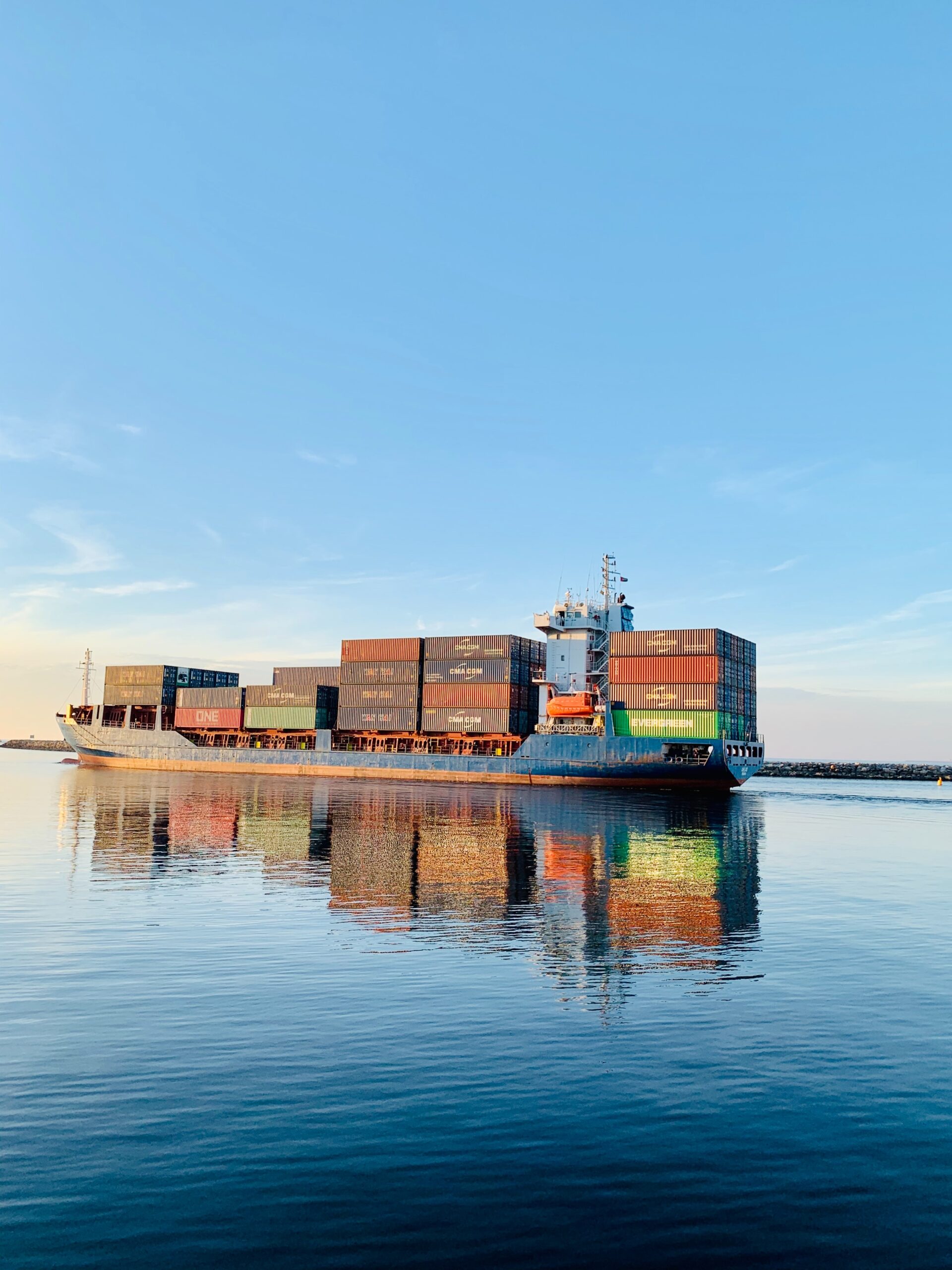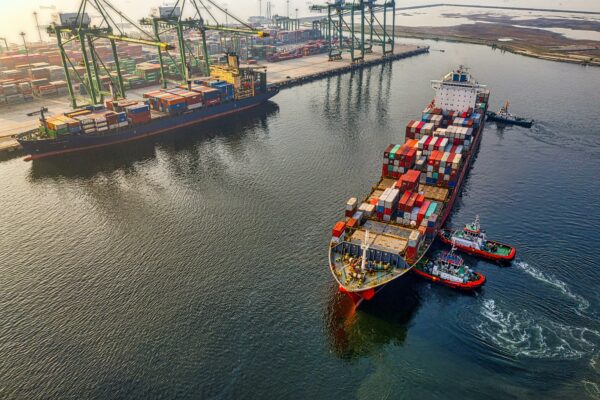February Ocean Deep Dive: 5 Things You Need To Understand This Month
Feb 13, 2023
Scroll to find out more
Feb 13, 2023
Scroll to find out more

2023 was always going to be a big year for shipping, coming off the pandemic-gold rush and dealing with a tepid demand environment. Add in new regulations, fickle consumers and carrier restructuring and you have the ingredients for another period of volatility.
As we move further through Q1, some of these questions are starting to be answered. To dig through the data, we once again sat down with Richard Fattal, Zencargo Co-Founder and CCO on our podcast Freight to the Point to discuss the big news in the ocean freight market at the start of the year
Here we examine four trends shippers need to be aware of and what they mean for your supply chain.
One of the biggest changes for this year is now in effect – IMO 2023 brings ambitious targets, aiming to reduce emissions from shipping by 40% by 2030 and 70% by 2050, compared to 2008 levels. The regulation requires mandatory carbon emissions controls for both new and existing ships, with older vessels needing to be retrofitted to comply with the standards.
However, despite being in effect since January, we’re yet to see any large scale impact, when it comes to vessels and capacity. Theoretically, IMO 2023 could affect capacity in two key ways:
Richard explains the calculations: ‘ If you take Asia, Europe, slowing down the vessels, effectively means a 12-week turn of the vessels from Asia into Europe around the various ports and then back out to Asia, becomes 13 weeks. That increase from 12 weeks to 13 weeks is equivalent to a 7% reduction in capacity.’
While this may have had a bigger impact in the boom days of 2022, the current market has been able to weather these changes. Capacity in the market is set to increase 10% – combined with the increase in effective capacity because of the reduction in port congestion and lower, IMO 2023 is yet to bite. However, this may well change is demand returns, impacting carriers differently depending on their fleet makeup.
One of the biggest pieces of structural news this month is the announcement that the 2M alliance, between MSC and Maersk, will come to an end in 2025. The two largest carriers in the world have been working together since 2015 to share vessel capacity and offer a higher frequency of services.
This alliance has helped the two businesses capture more market share and develop complementary services. However, this will leave the two businesses in very different positions once the deal expires in two years time.
‘MSC’s clear strategy through the COVID period has been to grow its fleet. And it’s had one of the biggest growths in fleet acquisition and also in new builds over the full COVID period.’ explains Richard. ‘Maersk, in the meantime, have not been investing in the same way in their capacity. Instead they’ve been quite focused on building out their logistics and supply chain capabilities.’
As it stands currently, Maersk is likely to look for new partners to slot share with, while MSC may go into slot sharing agreements on key lanes. The breakup of the 2M alliance could have ripple effects across the rest of the alliances and a broader impact on the market. leading to new services for shippers, but also a reduction in the frequency of sailings.
Carriers are already working with each other to share capacity and maintain service levels while running vessels at the maximum capacity possible – increased flexibility in the carrier market may create more opportunities for agility on both the partner and shipper sides.
While the rate freefall has slowed from it’s late-2022 frenzy, that hasn’t stopped carriers from blanking over 50 sailing in the first seven weeks of 2023, largely on East-West routes. So has it worked?
‘For the moment, the capacity reductions have not stemmed the decline in rates. We continue to see softness both on the Asia Europe, and the Trans-Pacific markets, and now rippling into some of the other markets that had been stronger, like the Trans-Atlantic.’ says Richard. Given that the routes being trimmed are already fairly well-supplied routes, carriers may yet be able to cut sailings while still maintaining service levels, especially for shippers conditions to the long lead times of Covid.
This could change, however, once demand returns. ‘We see indications that customer inventory levels are now much closer to normal levels. And whilst it takes quite a bit of time to work through a destocking environment to then go back into the mode of placing orders, have goods become ready, and cargo ready to move, that cycle is starting to take hold.’ says Richard.
‘We anticipate the effect of the reduction in capacity starting to have some impact on the market over the coming weeks and months as we start to see customers change their behaviour.’ says Richard.
While the shipping market traditionally operates in an over- or under-supplied context, now could well be the moment to start thinking about strategic decisions for your supply chain over the year ahead when it comes to space and service. Key considerations include:
The key challenge for shippers this year is catching the demand cycle at the right moment while managing their costs and service levels. As stock levels move towards normalisation, now is the time to start putting plans in place – wait too long, and shippers risk being left behind.
With carriers managing a range of changes in their own industry, shippers have the chance to secure favourable conditions for the year ahead, but this starts with the right strategy and partnerships. Zencargo works with leading carriers and logistics partners to offer our clients unparalleled flexibility and control, backed by industry-leading data and insight, delivered through our supply chain management platform.
To find out more about how the right technology and support can help you succeed in 2023, book a consultation with one of our team today.

If you’re looking for a partner who can support you through 2024, and beyond, w...

Last updated: Monday 3pm BST On Friday 19th July, an unprecedented global issue...
